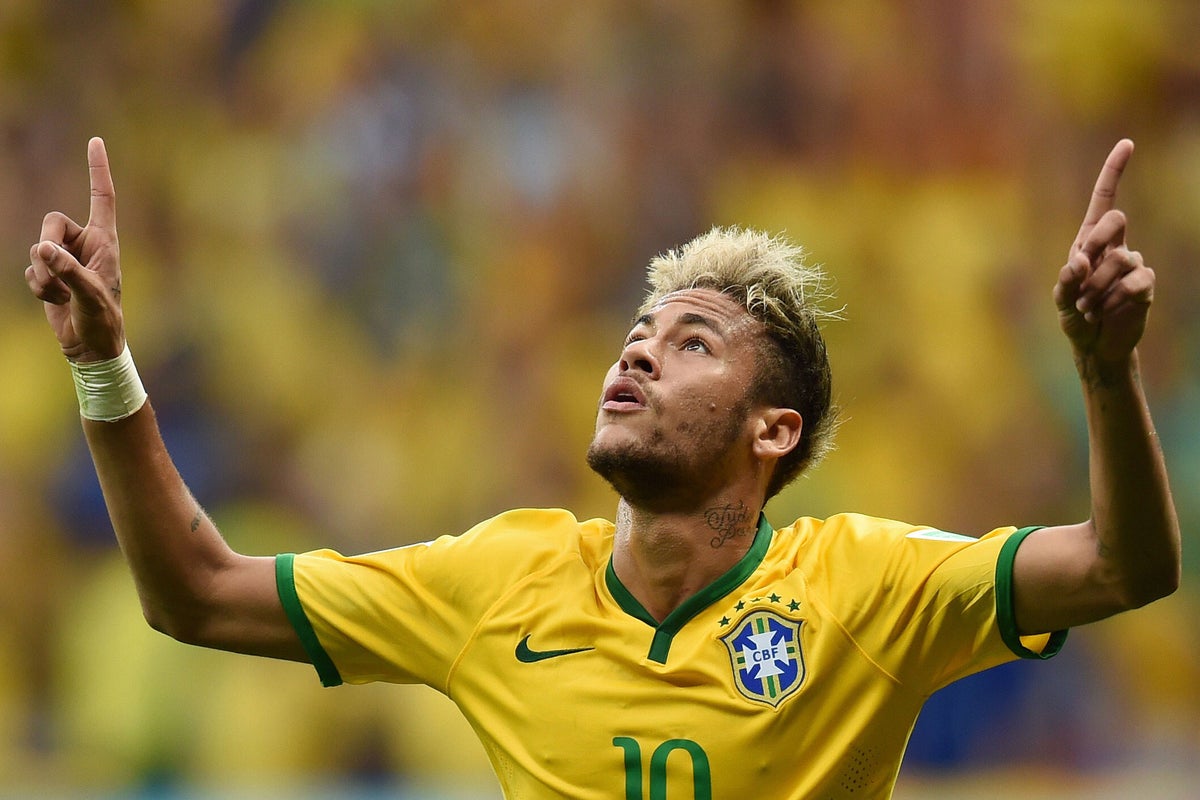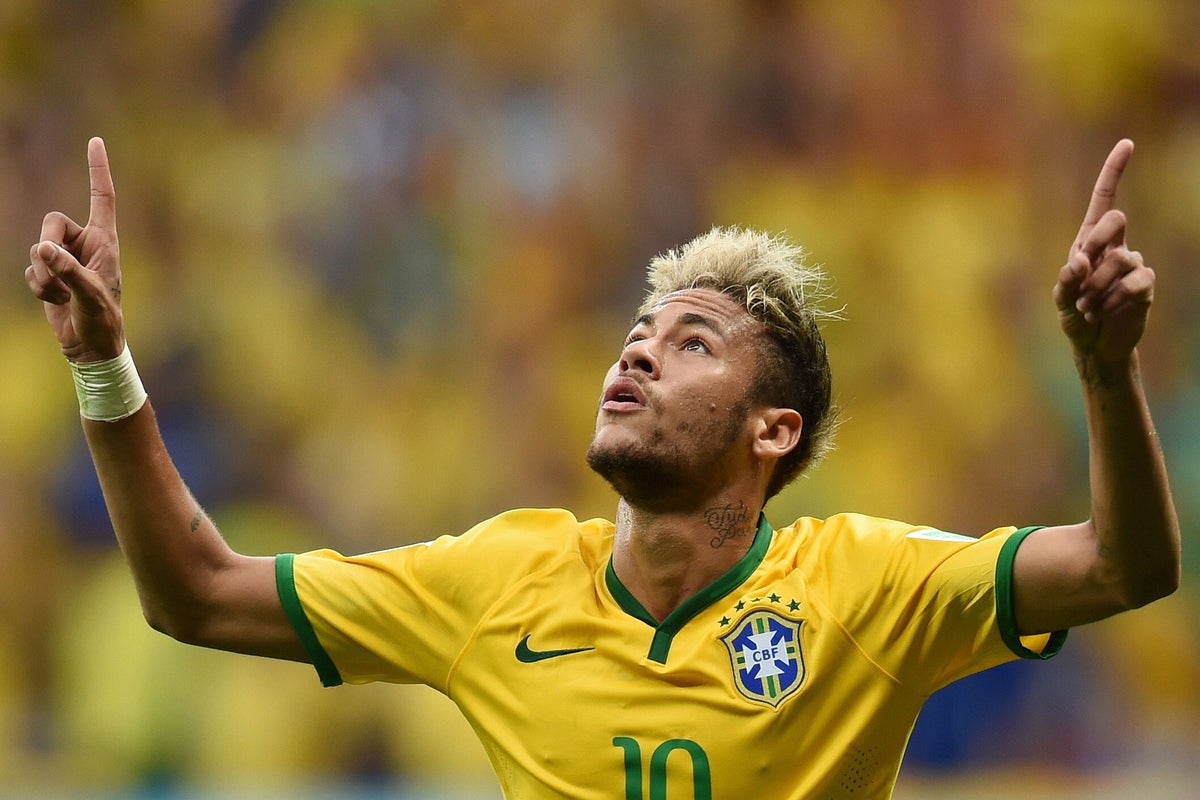Man, where do I even begin with this one? This wasn’t just a fun weekend project; this was me trying to settle a four-year-old argument I had with my buddy Mark about whether Neymar was truly carrying that 2014 Brazilian side or if he was just benefiting from the home crowd energy before that horrible injury happened. I kept telling Mark, “You gotta re-watch the tapes, man, the influence was everywhere!” But talking wasn’t enough. I had to prove it. I had to dig deep and document the proof.

The Setup: Finding the Ghosts of Matches Past
First thing I did was clear my schedule. You can’t analyze five World Cup matches properly just skimming the highlights. I needed full replays. This was actually the hardest part. I spent a good half-day just wading through old archived streams and sketchy foreign sports channels. I finally managed to secure all the full 90-minute broadcasts for every game Brazil played leading up to that fateful quarter-final. I plugged my laptop into the big screen, got my notepad, and committed myself. This was the practice. This was the documentation.
I structured my process into distinct phases. I wasn’t just watching for goals; I was tracking influence. I wanted concrete numbers, even if they were just my own observations. I categorized everything:
- Phase 1: Influence Assessment: How often did the ball go through him in the attacking third?
- Phase 2: Pressure Absorption: How many times was he fouled or double-teamed immediately after receiving the ball?
- Phase 3: Clinical Execution: Reviewing the goals and assists.
The Execution: Reliving the Group Stage Madness
I started with the opener against Croatia. Absolute pressure cooker. Brazil looked nervous, conceding that early own goal. I immediately hit the rewind button repeatedly to watch how Neymar reacted. He wasn’t hiding. He was demanding the ball. The moment he scored that equalizer—that wasn’t just a goal, it was the pressure valve releasing for the entire country. And then the penalty later? I had to review the angle ten times to see if I thought it was soft. Soft or not, he stepped up and buried it. That’s what matters. I logged his touches: constant involvement, even when things weren’t clicking.
Then came Mexico. Memo Ochoa’s save clinic. This game really highlighted his creative struggle when the opposition keeper was having the game of his life. I noted down three critical through balls he tried to thread that should have been assists, but the finishing was lacking elsewhere. The record showed a 0-0 draw, but my notes showed Neymar creating chance after chance. The team was relying on him to unlock doors, and when the defense held, they had no Plan B.
Cameroon was the fun one. Total domination. I focused my recording entirely on his movement off the ball. His first goal, cutting inside, beautiful finish. His second, tapping in the cross. What I realized watching this again, in cold analysis, was that his positioning was often smarter than anyone else’s on the field. He was the only one consistently finding space in the chaos. I documented this efficiency surge in my logbook: four shots on target, two goals. Efficient, decisive.

The Grinding Knockout Rounds
The Chile match was stressful, even watching it six years later. Total nail-biter. I pulled out the slow-motion feature for the full 120 minutes of extra time. He was exhausted. Everyone was. But he kept drawing fouls, kept pushing. I tracked the penalty shootout sequence three separate times. The sheer guts required to step up last, knowing the weight of a billion people was on that shot. He nailed it. I wrote down in big letters: Clutch Factor Confirmed.
Then came Colombia. The performance before the tragedy. I swear, watching him set up Thiago Silva’s goal and then absolutely dominating the midfield battles—he was operating at a different level. He was flowing, he was orchestrating. This was the absolute peak of his 2014 campaign. Everything I was logging confirmed that Mark was dead wrong; Neymar wasn’t just good, he was the engine, the creativity, and the finisher all rolled into one volatile package.
Then the Zúñiga challenge. That’s a tough practice session to complete. I had to pause the footage right before the contact and take a long break. It was just sickening to watch again. My documentation for the rest of that game dropped off instantly. The moment he went down, the entire energy of the match, and my whole review session, just evaporated.
The Conclusion: What the Tapes Taught Me
After reviewing all those hours of football, my practical record was overwhelming. It wasn’t just the four goals; it was the magnetic pull he had on defenders, the free kicks he generated, the relentless positive mentality he showed when his teammates were panicking. I had the concrete evidence I needed to shut Mark up.
What did I learn from this deep dive? You can’t just rely on highlights or memory. You have to sit down, dedicate the time, and track the process. You have to watch the full games to see the context. I spent nearly 20 hours gathering, watching, rewinding, and logging. Was it worth it? Absolutely. I proved my point, and I got to relive some historic, albeit painful, football.

My final summary, written right there in the notepad after the review:
- Impact Level: Critical. He was the primary creative and scoring outlet.
- Best Goal: The curler against Croatia. Pure class under pressure.
- Defining Factor: His removal instantly collapsed the team’s spirit and structure, proving his irreplaceable value.
Now, to rub this documentation right in Mark’s face.
